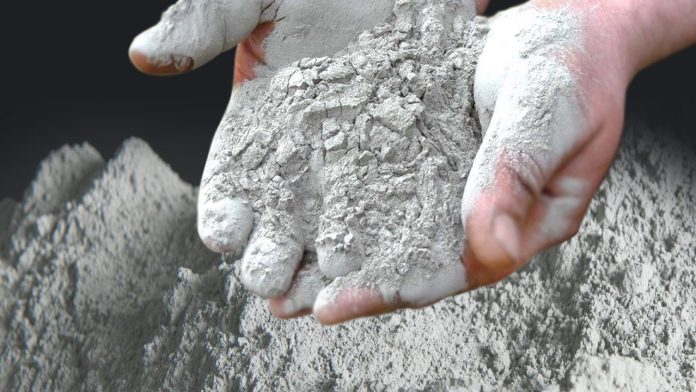
Cement is one of the most commonly used materials in construction today. We are literally surrounded by structures reinforced with cement designed to endure the toughest weather conditions. Cement is often mixed with other materials such as sand, chippings and water to produce concrete. Concrete has multiple construction uses and has now been used for thousands of year to build long-lasting structures.
Many of the world’s tallest structures contain significant amounts of cement and in terms of overall volume, it is the most widely used material in the world. It is so popular because the materials used to make cement are cheap and easily accessible, making it a cost-effective product for most types of construction. When cement is used in construction today, analyzing cement carefully before the build begins ensures that the correct mix of materials has been used for the type of structure concerned.
Cement originates from ancient Egypt when sand and gravel was mixed with water to create a basic type of concrete used for building. The Roman Empire is known for some of the most incredible structures which are still standing today which is a testament to the properties of cement and the reason it’s still used today.
Here are some interesting facts about the composition of cement:
Fact #1
The rock that’s used to create cement is generally limestone and clay. However, there have been some other rock formations discovered around the world that provide even more uses for cement. In England, natural rock formations on the Isle of Portland possess remarkable hydraulic properties. Once this particular type of rock has water added, it hardens and strengthens even further and it has now become one of the most widespread types of cement, known as Portland.
Fact #2
Cement is mainly produced by heating a mixture of limestone and clay to scorching temperatures of 1450°C. This original “recipe” for cement was discovered in the mid-1800s by Frenchman Louis Vicat. The material produced by heating the limestone and clay mixture is called “clinker”. Clinker is then ground to a powder form and combined with additives to produce variations of cement.
Fact #3
One of the variations of cement is known as ground granulated blast furnace slag cement or GGBS. Used on its own, it hardens at a very slow rate and so if needed for concrete; it is generally activated by mixing-in Portland cement. In the majority of cases, the mix ratio is 50:50 although percentages of GGBS can vary from 20% to 80% with Portland depending on what it’s required for.
Fact #4
One of the most important components of cement is air. It is hard to believe that material as strong and durable as cement would feature anything as light and fragile as air, but it is true. The mixture of gravel, sand and water used to make cement invariable contains tiny air pockets. This affects the properties of the cement and sometimes air pockets are deliberately included in the mix for a specific reason.
 Serato DJ Crack 2025Serato DJ PRO Crack
Serato DJ Crack 2025Serato DJ PRO Crack








 Allow notifications
Allow notifications




hiii buddy…
As i have go through your whole article it is very effective and useful and somewhere related to my project.. i must say it is appreciable.
Amazing post, thank you for sharing this knowledgeable post, really this is very helpful.
[…] Cement Analysis: 4 interesting facts you should know […]